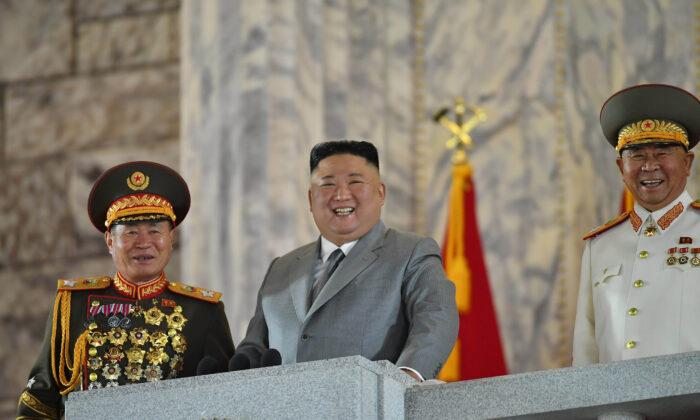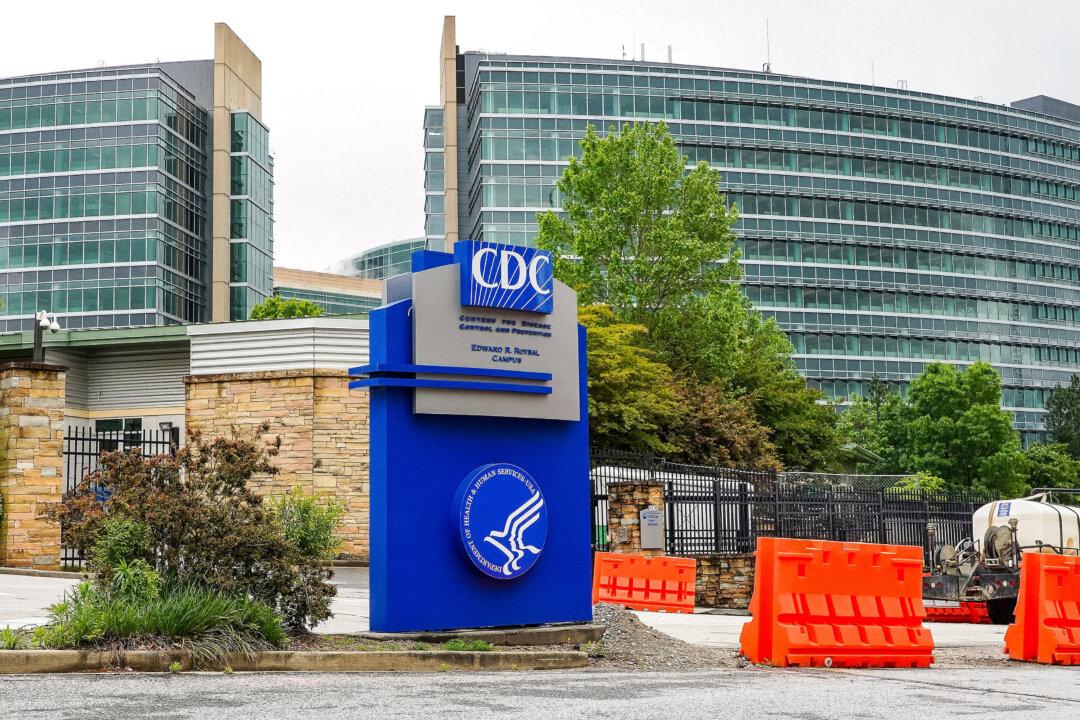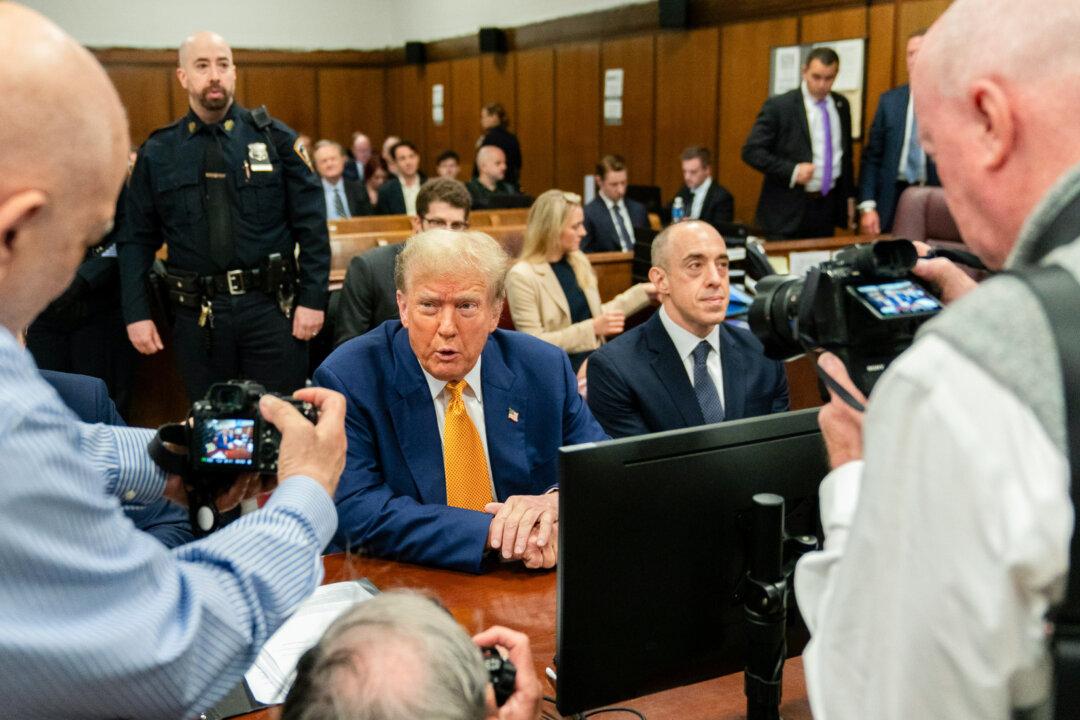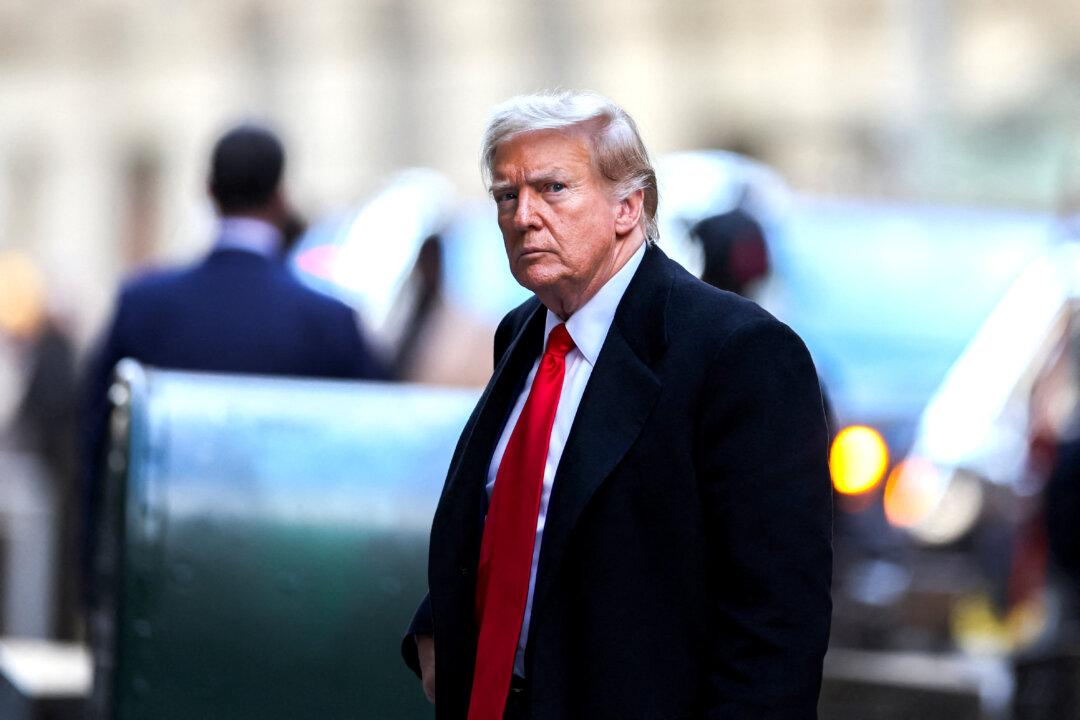An American has crossed the heavily fortified border from South Korea into North Korea, officials confirmed on Tuesday, amid high tensions over Pyongyang’s nuclear program.
The U.S.-led U.N. Command overseeing the demilitarized zone, or DMZ, confirmed that the U.S. citizen was on tour around the Korean border village of Panmunjom before crossing the border into North Korea without proper authorization. There were also reports saying that the man who crossed the border is an American soldier.
The post gave no further details on who the person is or why he crossed the border. North Korean state-run media didn’t immediately comment on the border incident.
A person who was part of the tour they saw the incident claimed they had just visited one of the buildings when “this man gives out a loud ‘ha ha ha,’ and just runs in between some buildings,” reported CBS News. The witness said the organizers of the tour didn’t immediately react and appeared confused.
After that, the tour group was ushered back to a building for everyone to give witness statements. “I’m telling you this because it actually hit me quite hard,” the witness alleged. “It was on the way back in the bus, and we got to one of the checkpoints ... someone said we were 43 going in and 42 coming back.”
Panmunjom, located inside the 154-mile-long DMZ, has been jointly overseen by the U.N. Command and North Korea since its creation at the close of the Korean War. Bloodshed and gunfire have occasionally occurred there, but it has also been a venue for numerous talks and a popular tourist spot.
Known for its blue huts straddling concrete slabs that form a military demarcation line, Panmunjom has drawn visitors on both sides who want to see what the Cold War’s last frontier looks like. No civilians live at Panmunjom.
Tours to the southern side of the village reportedly drew around 100,000 visitors a year before the pandemic, when South Korea restricted gatherings to slow the spread of COVID-19. The tours fully resumed last year.
In November 2017, North Korean soldiers fired 40 rounds as one of their colleagues raced toward freedom. The soldier was hit five times before he was found beneath a pile of leaves on the southern side of Panmunjom. He survived and is now in South Korea.
Tensions
The border incident comes as a U.S. Navy nuclear-capable submarine made a port of call in South Korea for the first time in decades.During the Cold War in the late 1970s, U.S. nuclear-armed ballistic missile submarines made frequent visits to South Korea, sometimes two or three times per month, according to the Federation of American Scientists. It was a period when the U.S. had hundreds of nuclear warheads located in South Korea. But in 1991, the United States withdrew all of its nuclear weapons from the Korean Peninsula.
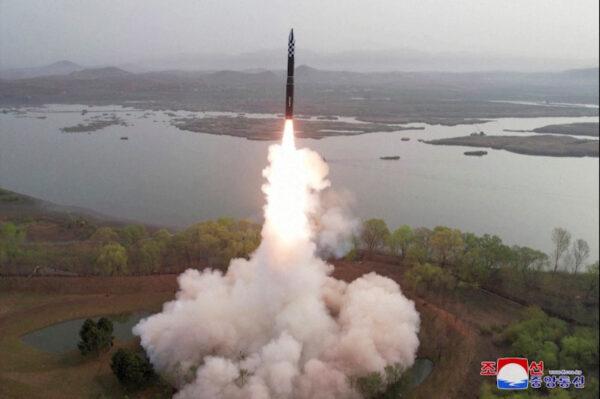
Days before that, Pyongyang fired an alleged intercontinental ballistic missile (ICBM) before landing near Japanese territorial waters, according to South Korean and Japanese authorities. After observing that launch, North Korean leader Kim Jong Un vowed to further strengthen his country’s nuclear combat capabilities.
Also on Tuesday, South Korean and U.S. officials held the inaugural meeting of the Nuclear Consultative Group in Seoul to discuss ways to strengthen deterrence against North Korea’s nuclear threats.
“Any nuclear attack by North Korea against the United States or its allies is unacceptable and will result in the end of that regime,” the two countries said in a joint statement after the meeting.
The Epoch Times has contacted the U.S. Department of Defense for comment.
